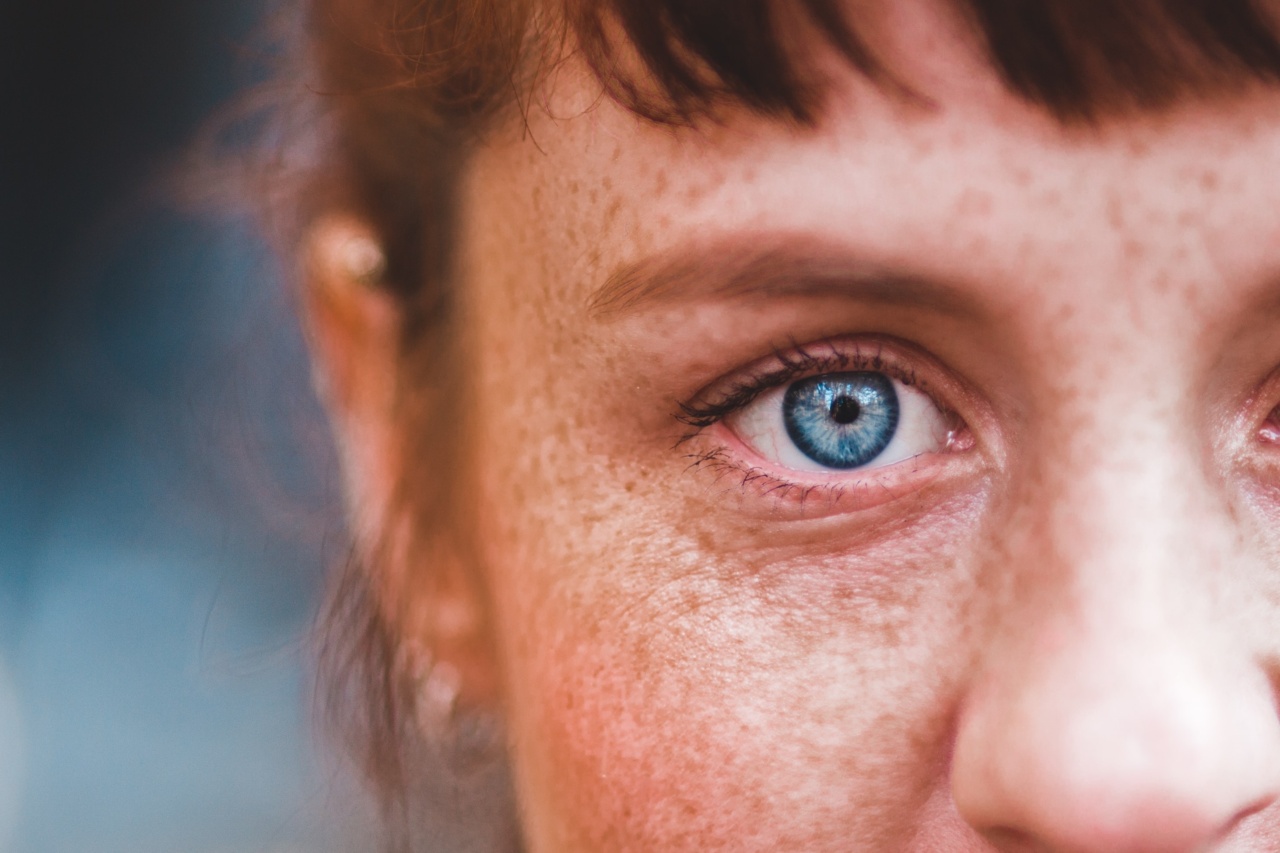Eye discharge, also known as “sleep” or “rheum,” is a common occurrence that most people experience at some point. It refers to a sticky or crusty substance that forms in and around the eyes during sleep.
While eye discharge can sometimes indicate an underlying health issue, it is often harmless and easily manageable. In this article, we will discuss some innocent causes of eye discharge that you need to know.
1. Allergies
Allergic reactions can lead to eye discharge. When your eyes come into contact with an allergen, such as pollen or pet dander, they may produce excess tears to flush out the irritants.
This increased tear production can result in watery eyes and subsequently, eye discharge.
2. Common Cold
During a common cold or respiratory infection, your body produces extra mucus to protect and lubricate your nasal passages. Some of this excess mucus can drain into your eyes, causing them to become watery and resulting in eye discharge.
3. Dry Eyes
Dry eyes occur when your tear glands don’t produce enough tears or when the quality of your tears is poor. Without proper lubrication, your eyes can become irritated and produce an excessive amount of discharge.
4. Eyelash Mites
Eyelash mites, also known as Demodex mites, naturally inhabit the hair follicles near your eyelashes. They are usually harmless, but an overgrowth of these tiny organisms can cause eye irritation and lead to an increase in eye discharge.
5. Foreign Objects
If a foreign object, such as an eyelash, dust particle, or makeup residue, gets into your eye, it can cause irritation and result in the production of eye discharge.
Your eyes produce tears to flush out the foreign object and protect the delicate tissues.
6. Contact Lens Use
Wearing contact lenses can sometimes cause eye discharge, especially if you don’t clean and care for your lenses properly. Poor contact lens hygiene can lead to the accumulation of bacteria and debris, resulting in eye irritation and discharge.
7. Conjunctivitis
Conjunctivitis, commonly known as pink eye, is an inflammation of the conjunctiva (the thin, transparent layer covering the white part of the eye and the inside of the eyelids).
Pink eye can be caused by a viral or bacterial infection, and it often leads to eye discharge along with other symptoms like redness and itching.
8. Styes
A stye is a painful lump that forms on the eyelid due to an infection or blockage in the oil glands. Styes can cause localized swelling, redness, and eye discharge.
While uncomfortable, they are usually harmless and resolve on their own within a few days.
9. Sinusitis
Sinusitis, an inflammation of the sinus cavities, can cause excess mucus production. This excess mucus can drain into the back of the throat and even into the eyes, leading to eye discharge.
10. Air Pollution
Exposure to air pollution, such as smog or smoke, can irritate your eyes and trigger increased tear production. This can result in watery eyes and eye discharge as your body tries to flush out the irritants.
It’s important to note that while these innocent causes of eye discharge may usually resolve on their own or with simple home remedies, persistent or severe eye discharge, accompanied by other concerning symptoms, should be evaluated by a healthcare professional. They can determine the underlying cause and recommend appropriate treatment.


























